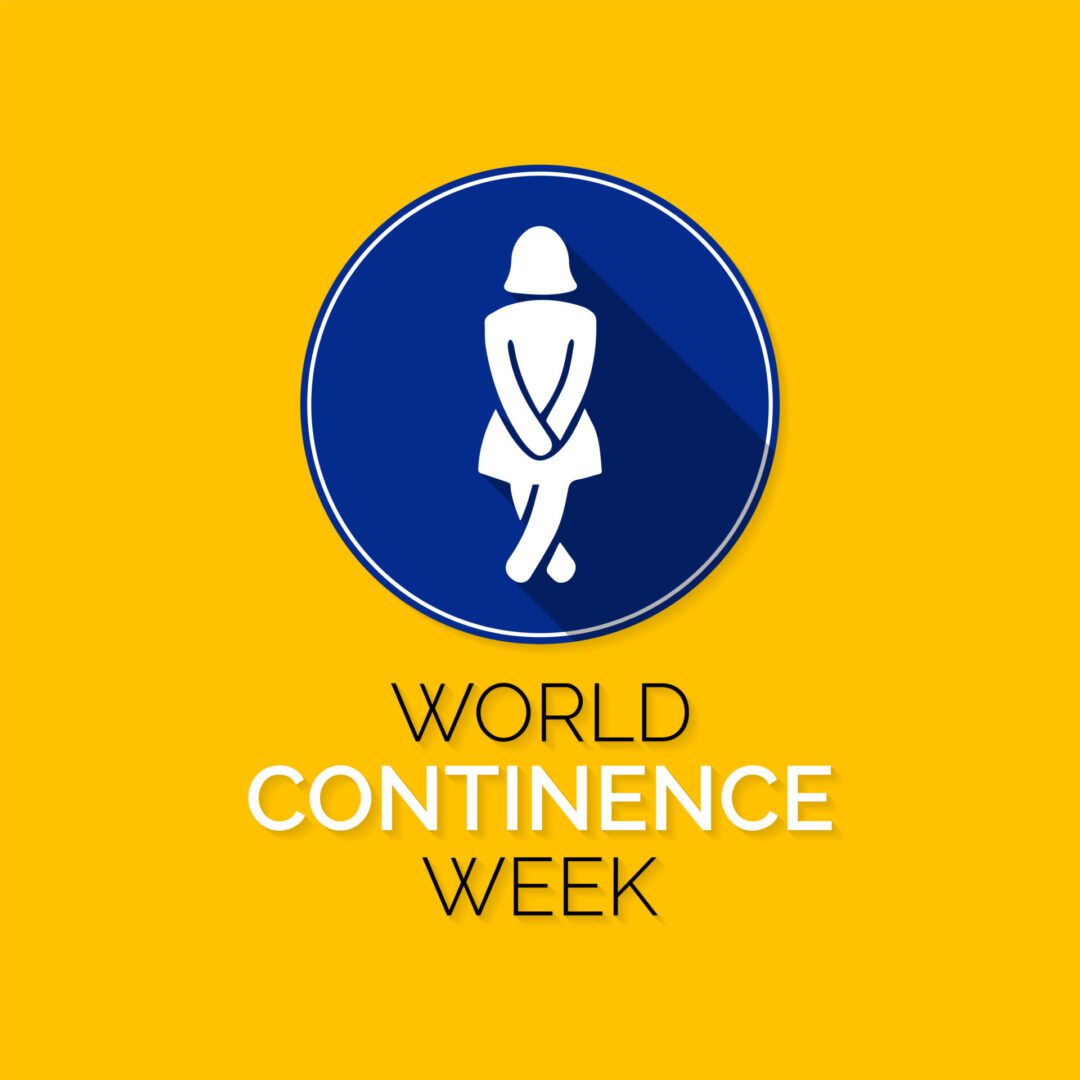Search by Color or Cause


World Continence Week (WCW) is a health campaign run by the World Federation For Incontinence and Pelvic Problems (WFIPP). The objective is to raise awareness of incontinence related issues. It takes place in June. The awareness colors associated with this important week are yellow and blue, or purple. Wear a yellow and blue enamel awareness pin in either a personalized or non-personalized version. Engrave your pin to call awareness to this important topic.
World Continence Week (WCW) is an annual initiative devised and managed by WFIPP and is fully endorsed by the European Association of Urology (EAU) and the International Continence Society (ICS). It is a global initiative intended to raise awareness of bladder and bowel issues. It addition, it highlights chronic pelvic pain (chronic pain is represented by the color purple) and other debilitating conditions which impact greatly on the lives of patients. Further, the WFIPP highlights the impact urinary incontinence can have on our lives and encourages those living with it to seek help so they no longer have to suffer in silence.
If incontinence were a country, it would be the third largest country in the world. 400 million people across the world live with incontinence. The numbers are growing. Nevertheless it is rarely openly discussed. And it is a condition that has a large impact on the quality of life of individuals, their families, and caregivers.
World Continence Week may not necessarily attract the same attention as big hitters in the PR awareness campaign calendar. For example, big hitters usually focus on heart health, cancer, and mental health. But the event is no less important in terms of promoting quality of life for patients. In fact, millions of people have bladder control problems and many million have bowel control problems.
For example, in the United Kingdom, statistics demonstrate this. Roughly 20% of the UK’s 68 million population have a bladder control problem. Put another way, that is two in every 10 people. Around 10% have a bowel control problem, or one in 10.
World Continence Week was started by the International Continence Society (ICS). Its aim is to raise global awareness of continence issues, improve health, quality of life and advocate for a multidisciplinary approach to treatment. It also provides an opportunity to become a reputable forum for people looking for information about continence promotion and treatment for incontinence. In addition, it helps patients access the right health services sooner rather than later. Many people with incontinence delay seeking help, through fear or embarrassment. This makes treatment more difficult in the long run.
Since 2016, the World Federation of Incontinence and Pelvic Problems has managed the event and produces the online toolkit to support it. In addition, it has the backing of the ICS and the European Association of Urology.
Top Tip 1: Healthy Bladder Habits
These are some easy habits to practice that help to avoid issues with continence throughout your life.